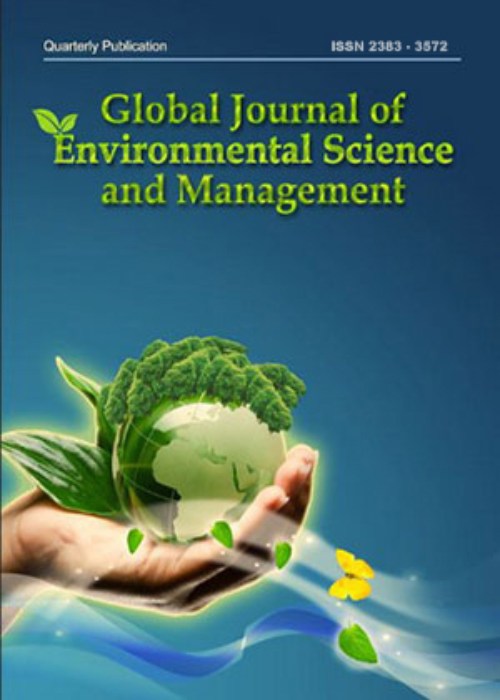Enhancing coastal community participation in mangrove rehabilitation through structural equation modeling
Author(s):
Article Type:
Research/Original Article (دارای رتبه معتبر)
Abstract:
BACKGROUND AND OBJECTIVES
Mangroves are unique plants distributed in tropical regions, such as Indonesia. Mangrove areas and various mangrove ecosystems have been lost in the past decades. The purpose of this study is to investigate community participation using structural equations modeling to enhance involvement in mangrove forest rehabilitation. The study was conducted in two sub-districts in East Lampung Regency, Lampung Province.METHODS
The study employed a survey method with quantitative descriptive analysis and Structural Equation Models analysis. The sampling method used was simple random sampling. The community under investigation is a part of the mangrove forest management group in Labuhan Maringgai and Pasir districts, Lampung, Indonesia. The total number of individuals who are members of the mangrove forest management group is 292, distributed with 140 in Margasari and 152 in Pasir Sakti District. The sample size in Margasari District was 81 respondents, and in Pasir Sakti, it was 87 respondents, totaling 168 respondents. The sample size determination was based on the Slovin formula, considering a precision of 5 percent when estimating the proportion of the population.FINDINGS
This study’s results show that the level of community participation in mangrove forest rehabilitation still falls within the low category, particularly in planning and evaluation, while implementation is categorized as medium. Community leaders often possess influence and authority that is recognized by community members. When these leaders actively support mangrove conservation, they can influence the opinions and actions of the entire community. In this capacity, they serve as role models, inspiring others to participate in mangrove conservation activities. Community participation includes planning, implementation, evaluation, and utilization of results. Participation influences welfare: the more active the community, the more space there will be to utilize mangrove products and interact with other community members, so that income, needs for food, and adequate housing can be met. Local working groups or initiatives that focus on mangrove conservation coordinate field activities and organize necessary resources and manpower.CONCLUSION
The role of community leaders, farmer groups, government support, and non-government organizations plays a key role in increasing community participation in mangrove forest rehabilitation. Additionally, the increase in non-formal education (training and mentoring), type of work, number of family dependents, length of residence, and distance to the mangrove location are crucial factors in enhancing community involvement.Keywords:
Community , leader , Management , mangrove , Participation , rehabilitation , Strategy
Language:
English
Published:
Global Journal of Environmental Science and Management, Volume:10 Issue: 2, Spring 2024
Pages:
873 to 890
magiran.com/p2670030
دانلود و مطالعه متن این مقاله با یکی از روشهای زیر امکان پذیر است:
اشتراک شخصی
با عضویت و پرداخت آنلاین حق اشتراک یکساله به مبلغ 1,390,000ريال میتوانید 70 عنوان مطلب دانلود کنید!
اشتراک سازمانی
به کتابخانه دانشگاه یا محل کار خود پیشنهاد کنید تا اشتراک سازمانی این پایگاه را برای دسترسی نامحدود همه کاربران به متن مطالب تهیه نمایند!
توجه!
- حق عضویت دریافتی صرف حمایت از نشریات عضو و نگهداری، تکمیل و توسعه مگیران میشود.
- پرداخت حق اشتراک و دانلود مقالات اجازه بازنشر آن در سایر رسانههای چاپی و دیجیتال را به کاربر نمیدهد.
In order to view content subscription is required
Personal subscription
Subscribe magiran.com for 70 € euros via PayPal and download 70 articles during a year.
Organization subscription
Please contact us to subscribe your university or library for unlimited access!


